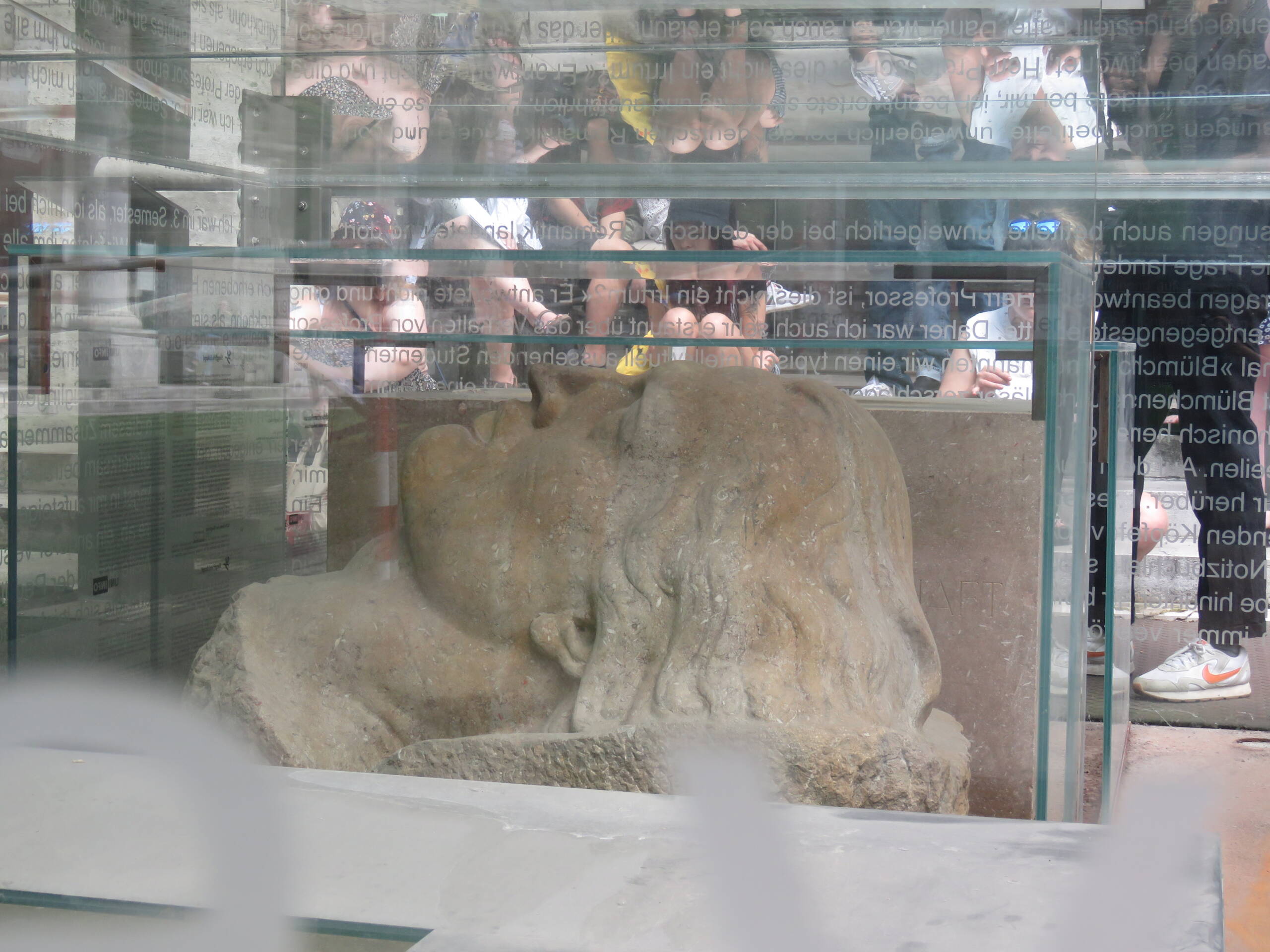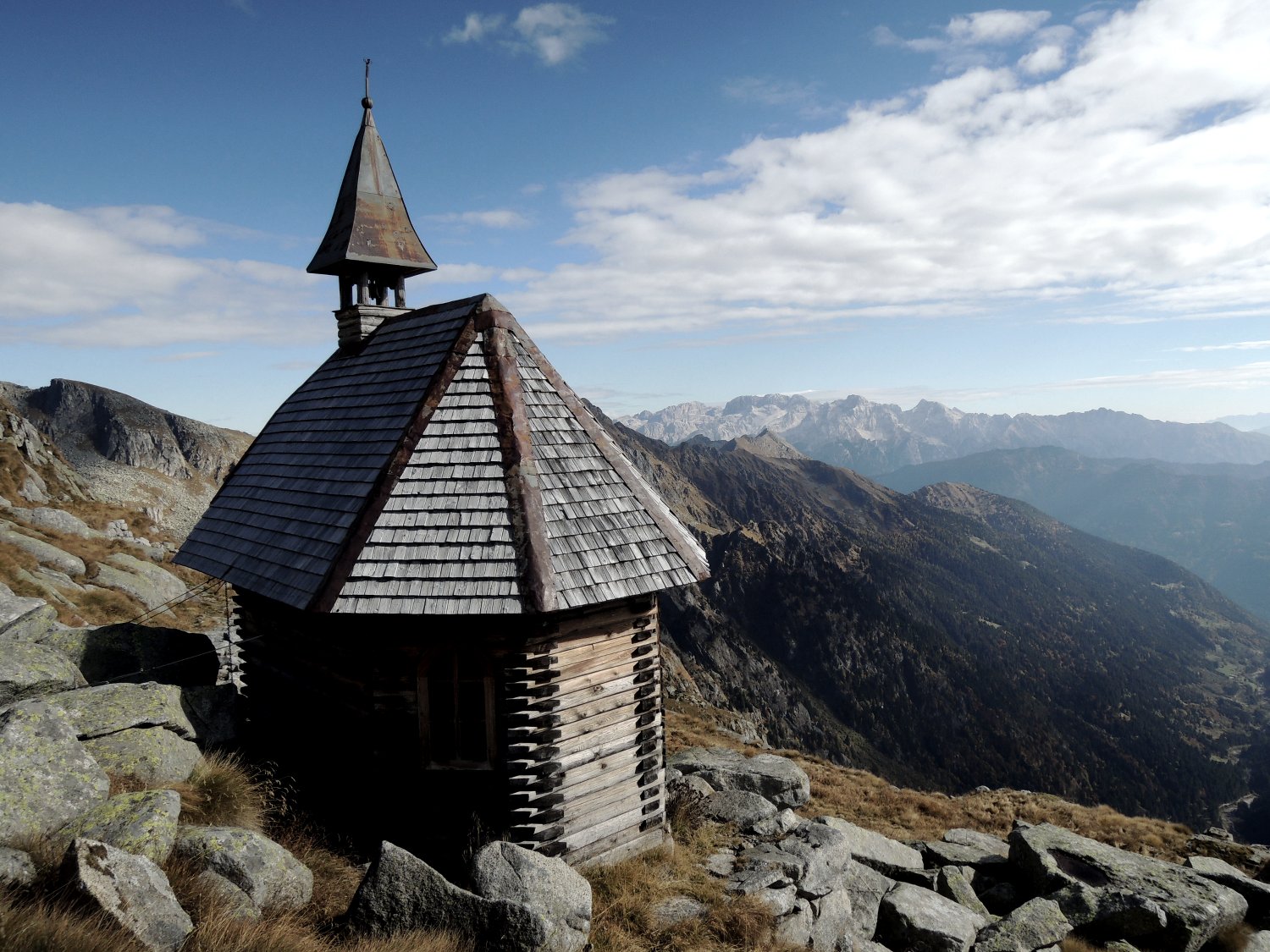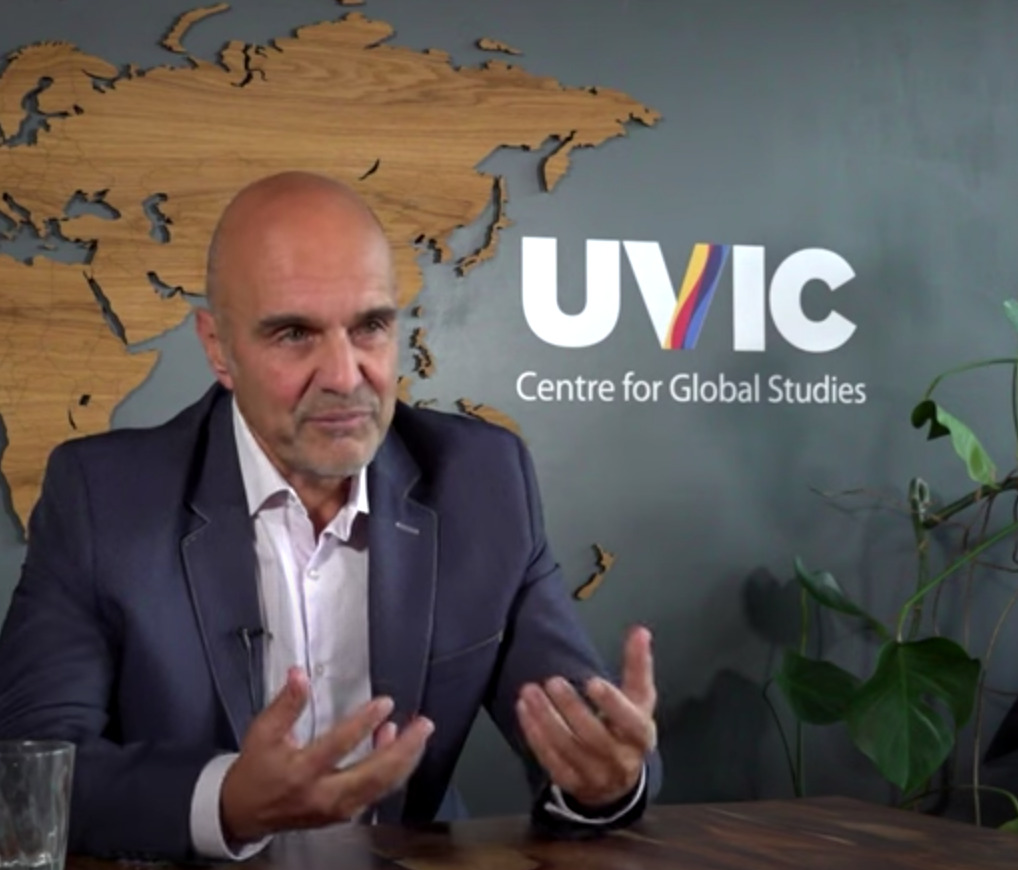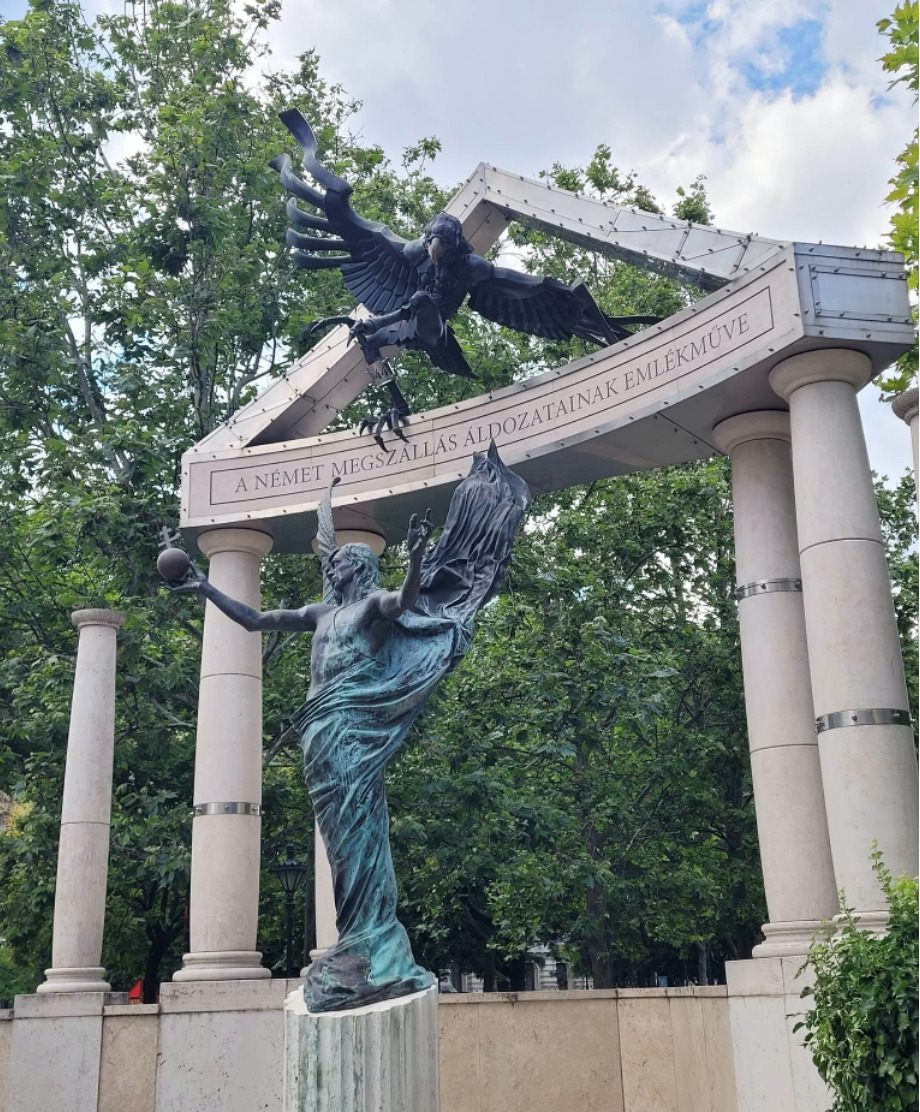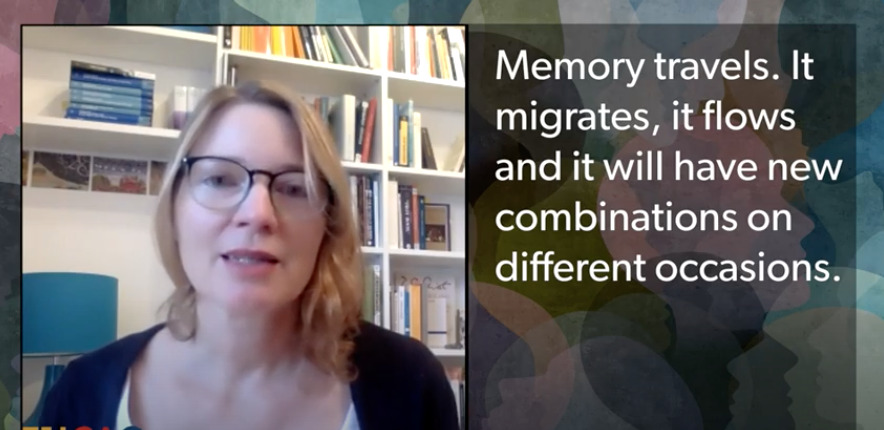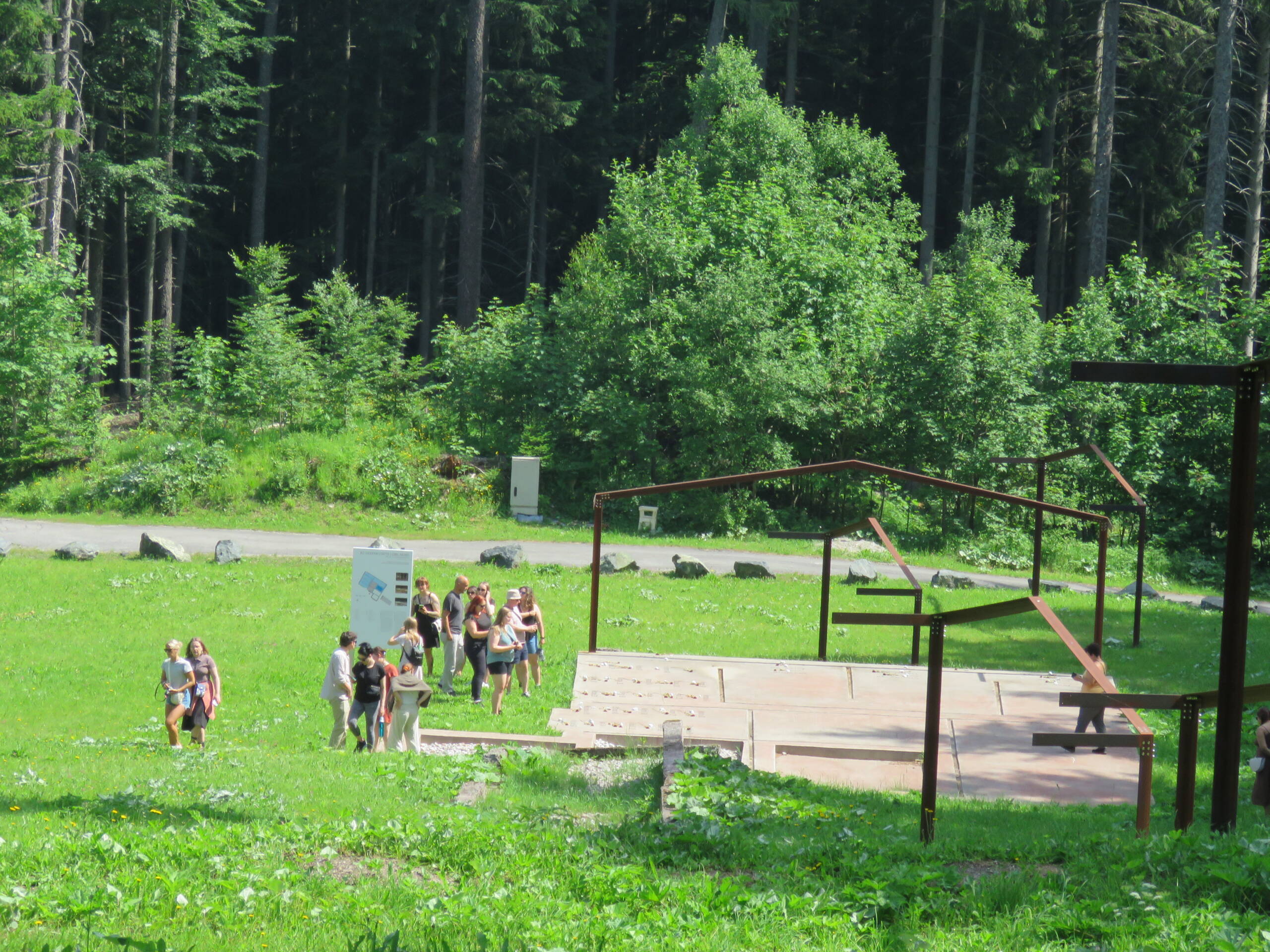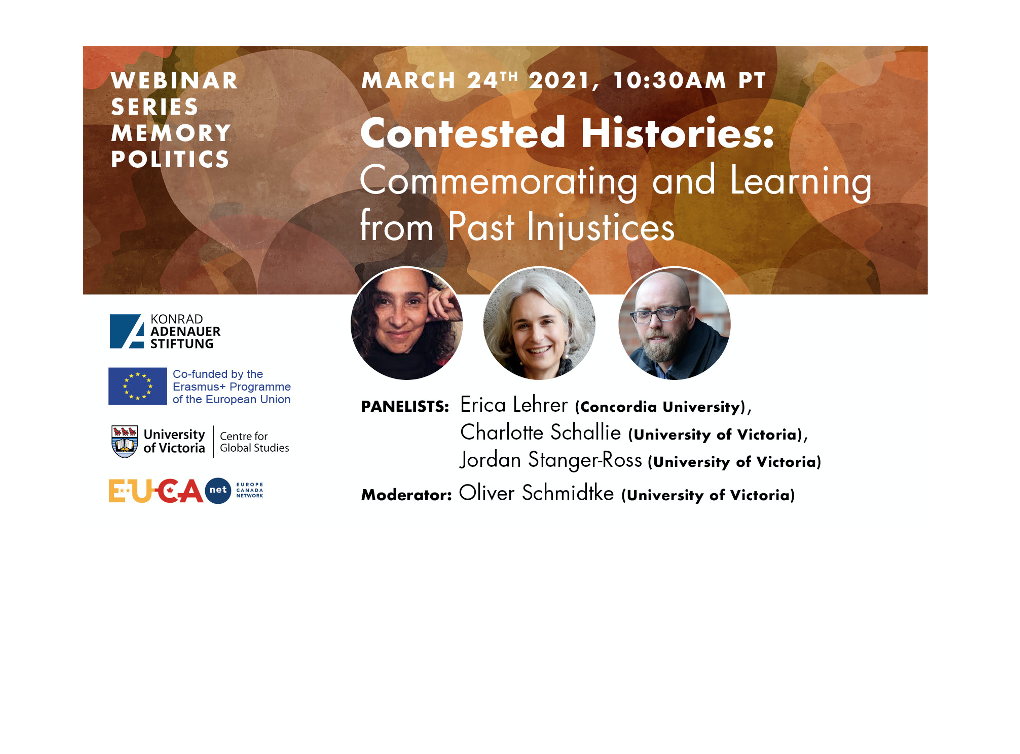Siegfried’s Kopf Memorial at The University of Vienna
On our Study Tour in European Memory Politics and the visit to the University of Vienna, our group of 18 students from the University of Victoria encountered a memorial dedicated to the students and instructors of the school who were killed during the First World War. The monument itself was designed by Josef Müllner, a sculptor and fine arts professor at the University, who was also a well-known member of the University’s fraternity, a German Nationalist and antisemite. Since it’s erection in 1919, the monument has become an increasingly controversial site on campus – although the intention to commemorate the members of the academic community who were lost during the war provides opportunity for reflection and reconciliation with the past, it has also become a figurehead for far-right fraternities. In 1938, the leader of the National Socialists Students’ Society gave an inflammatory speech at the location of this monument, further solidifying the site’s ties to the political far right.
To address concerns over the monument’s symbolism, the statue was moved into the courtyard of the University, and two glass enclosures were installed for its preservation. These glass boxes are inscribed with information to contextualize the observer’s experience, and the space between the layers allows for the settling of dust to cover the monument as time progresses; importantly, this is not an example of historical revisionism – but rather an attempt to reconcile with the past while creating meaningful contextualization of history. While the political far-right often attempts to distort collective memory, the changes made to this monument during the 21st century are an example of the political left using memory of the past to understand the present.
In one example of protest to this monument, the nose was removed, and the rest of the statue was spattered with paint. In retaliation, the nose of the monument for the far-left figure, Che Guevara, was removed. These acts of reciprocal destruction of historical monuments are proof of the increased tensions between the right and left ends of the political spectrum in Western society in recent decades; however, the trend of an increasingly hostile political environment is not unique to European memory politics – this is already an important aspect of Canadian memory politics as well.
In Canada, the discovery of 215 unmarked graves at the site of a former residential school in Kamloops, British Columbia, sparked political discourse for how historical figures like Captain James Cook – A man involved in the colonization of Canada – ought to be remembered. In 2021, the Statue of the James Cook was removed from its location outside of the Empress Hotel in Victoria BC, and thrown into the inner habour; however, in retaliation to the removal of his statue, an attempt was made by the far-right to burn down an Indigenous totem pole located on Vancouver Island – a direct threat to the memory and culture of Indigenous communities in Canada.
Upon reflection of these cross-cultural examples of the battles taking place to control historical narratives, one can summarize the European and Canadian contexts as follows: while both Austria and Canada are currently seeing a rise in nationalistic sentiment from the far-right which attempts to erase these country’s responsibilities to their violent histories, there is reciprocated attempts from the left to hold these nations accountable for their past.
Where Do We Go from Here?
As the left-leaning side of the political spectrum attempts to force these countries to confront their past injustices, it is apparent that we can anticipate retaliation from the far political right. How then, can these countries reconcile with their pasts, granting space for alternative voices to be heard without permitting the distortion of memory of historical events? Can we protect voices of the past without resorting to radical means, or does the nature of the situation warrant such acts?
References
Simpson, S. (2021, July 2). Fire set to Malahat totem. Victoria News.
Megan Klein is a BSc student from the University of Victoria in Canada studying biopsychology.
Anika Luteijn is BA student from the University of Victoria in Canada studying History.
